Simple steps to begin living sustainably, toxin-free + zero-waste.
In a world saturated with consumerism and convenience, the idea of dramatically changing your habits can feel like an insurmountable challenge. Achieving a life with zero waste sounds overwhelming, but living more sustainably can be as simple as making one better choice at a time.
This beginner’s guide is designed to make the transition to a more sustainable life not only manageable, but also deeply rewarding. From reevaluating your consumer habits to reducing waste, these practical tips will empower you to take meaningful steps towards a more fulFILLed life with less.
Tip #1: Relieve Yourself of the Need to Consume
The journey to sustainable living often begins with a fundamental shift in mindset.
The first step in living a more sustainable life is to recognize that stuff doesn’t define us, and life (despite what all the marketing tells us) isn’t about acquiring more things.
Try taking a break from purchasing non-essential items. Instead, focus on what you already own. By shifting your focus to appreciating and utilizing what you already have, you’ll discover a renewed sense of contentment and a deeper connection to the resources that surround you.
This practice of mindful consumption lays the groundwork for a more sustainable and fulFILLing life, one that is centered on experiences and relationships rather than the relentless pursuit of possessions.
Tip #2: Flex your “Refuse” muscles
Our society generates an astonishing amount of waste. According to the Environmental Protection Agency (EPA), the average person in the United States produces about 4.4 pounds of waste each day. That adds up to about 1.6 million tons of waste per person, per year!
To address this issue, the key is to buy less. You can choose to REFUSE.
Embrace the power of the word “no” when faced with impulsive or wasteful purchases. Challenge yourself to scrutinize each potential purchase with a critical eye and ask questions like, “Do I truly need it? Is it indispensable to my daily life? Can an alternative item or solution suffice?”
Remember, zero waste is not confined to the contents of a trash jar; it’s about rethinking the entire life cycle of the products you consume. By being more mindful of your purchases and choosing to refuse, you are addressing the waste problem at its root.
Tip #3: Buy Second-Hand First
When you do need to make a purchase, explore the second-hand market first. Embracing pre-owned items not only helps with reducing waste, but also breathes new life into products that still possess value.
Venturing into the realm of second-hand goods is like embarking on a sustainable treasure hunt. It’s an opportunity to discover unique, well-crafted items. Beyond the environmental benefits, this practice encourages a culture of reuse and resourcefulness. Each acquisition becomes a conscious choice to minimize your environmental impact and embrace a more mindful, purposeful approach to consumption.
Tip #4: Buy Better to Reduce Waste
While reducing purchases is important, there will still be a need for new items. In these cases, it’s crucial to consider the quality, alignment, and full life cycle of the products.
Research who produced your product, whether it was made to last, and if it’s repairable. A quality product, even if it costs a little more, will likely last longer and ultimately save you money.
Loving what you buy is also key to conscious consumption. Look for those items that bring you joy and avoid settling for items that you’re not completely satisfied with as this often leads to regrets and further waste.
Finally, seek out ethical companies and products that align with your ideals and values. By getting involved in your supply chain and making informed choices, you cast a vote for the world you want to live in.
Tip #5: Use Up What You Have
The most zero waste thing you can do is to first use what you already own! When transitioning to a more sustainable lifestyle, it’s common to discover a surplus of items you’ve collected over time.
Personal care products, disposable items, and even excess food in your pantry can pile up. Instead of discarding them, make a commitment to use up what you have before replacing it with something new.
This phase-out process not only minimizes waste but also encourages more mindful consumption in the future. It’s a practical way to declutter your life while making the most of your existing resources.
Tip #6: Simple Swaps: The Big Four
Having initiated a shift in your consumption mindset, it’s time to integrate sustainable products in your daily routine. A great place to start is with the “big four”: plastic water bottles, plastic bags, disposable coffee cups, and plastic straws. These items, ingrained in our daily routines, significantly contribute to the global plastic pollution crisis and pose a severe threat to marine life, ecosystems, and overall environmental health.
Remember, for every disposable item, there’s a reusable alternative.
Tip #7: Do a Waste Audit
Conducting a waste audit is an eye-opening experience. By assessing the waste you generate, you can pinpoint areas for improvement and set clear sustainability goals.
Keep a record of your waste, categorize it, and explore how you can reduce or eliminate certain waste streams. This visual representation of your consumption habits can motivate you to make more significant changes.
Whether it’s through composting organic materials, reducing single-use packaging, or repurposing certain items, this process encourages a proactive approach to waste management and cultivates a deeper sense of environmental responsibility.
Tip #8: Start Small – One Room at a time
The journey towards sustainable living can be overwhelming if you attempt to implement every change simultaneously. To streamline the process in your home, we suggest focusing on one room at a time. Begin with the area that resonates most with your sustainability goals.
For instance, start in the kitchen by replacing single-use plastic containers with reusable glass or metal alternatives, invest in eco-friendly dishwashing detergents, or prioritize purchasing sustainable, locally-sourced produce. Once you’ve successfully implemented sustainable practices in the kitchen, you can move on to the next area, such as the bathroom, where you might consider swapping out disposable toiletries for organic, package-free options and incorporating water-saving fixtures to conserve resources.
By adopting this room-by-room approach, you not only manage the process more effectively but also witness tangible progress in each area of your home. This method allows you to concentrate your efforts, develop sustainable habits, and gradually transform your living space into an eco-friendly sanctuary.
Tip #9: One Swap at a time
Now that you’ve identified which room you want to start in, pick one item that you want to replace with a sustainable alternative. If we start with the kitchen, as we did in the example above, start with one swap — replacing single-use plastic containers with reusable glass or metal containers. Once that swap has been adopted by your family, consider moving on to another waste-producing item that you identified in the audit of your garbage.
For example, if your family uses a LOT of paper towels, consider replacing them with more sustainable options like fabric “unpaper towels” or Swedish dishcloths. If ziplock bags are dominating your garbage can, try replacing those with other storage items like silicone bags, beeswax wraps, or your new reusable containers. After that, you could replace your plastic sponges with those made out of loofah or ditch the plastic dish scrubbers for a coconut (aka compostable) version.
Gradual, consistent changes are more likely to become lasting habits. This approach will help you build confidence and ensure the changes are sustainable for you.
Tip #10: Give Yourself Grace
Lastly, remember that transitioning to a sustainable lifestyle is a journey. It’s essential to give yourself grace. Perfection is not the goal. Instead, commitment to continuous improvement should be the focus. Embrace the progress you make and be kind to yourself when setbacks occur.
Sustainable living is about making a difference, and every effort, no matter how small, counts.
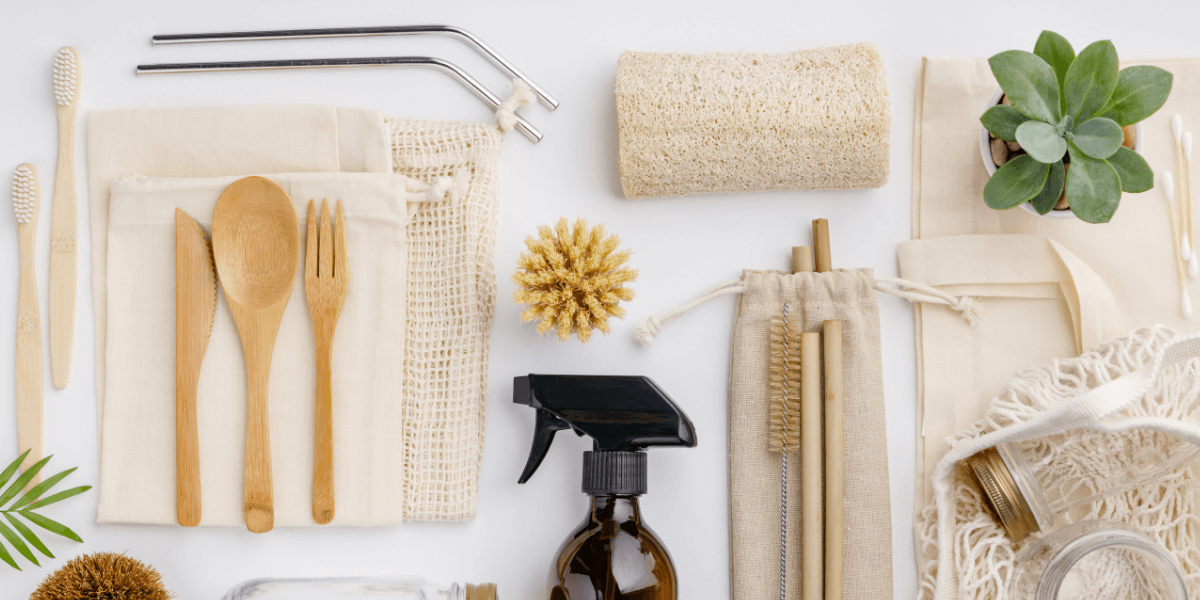
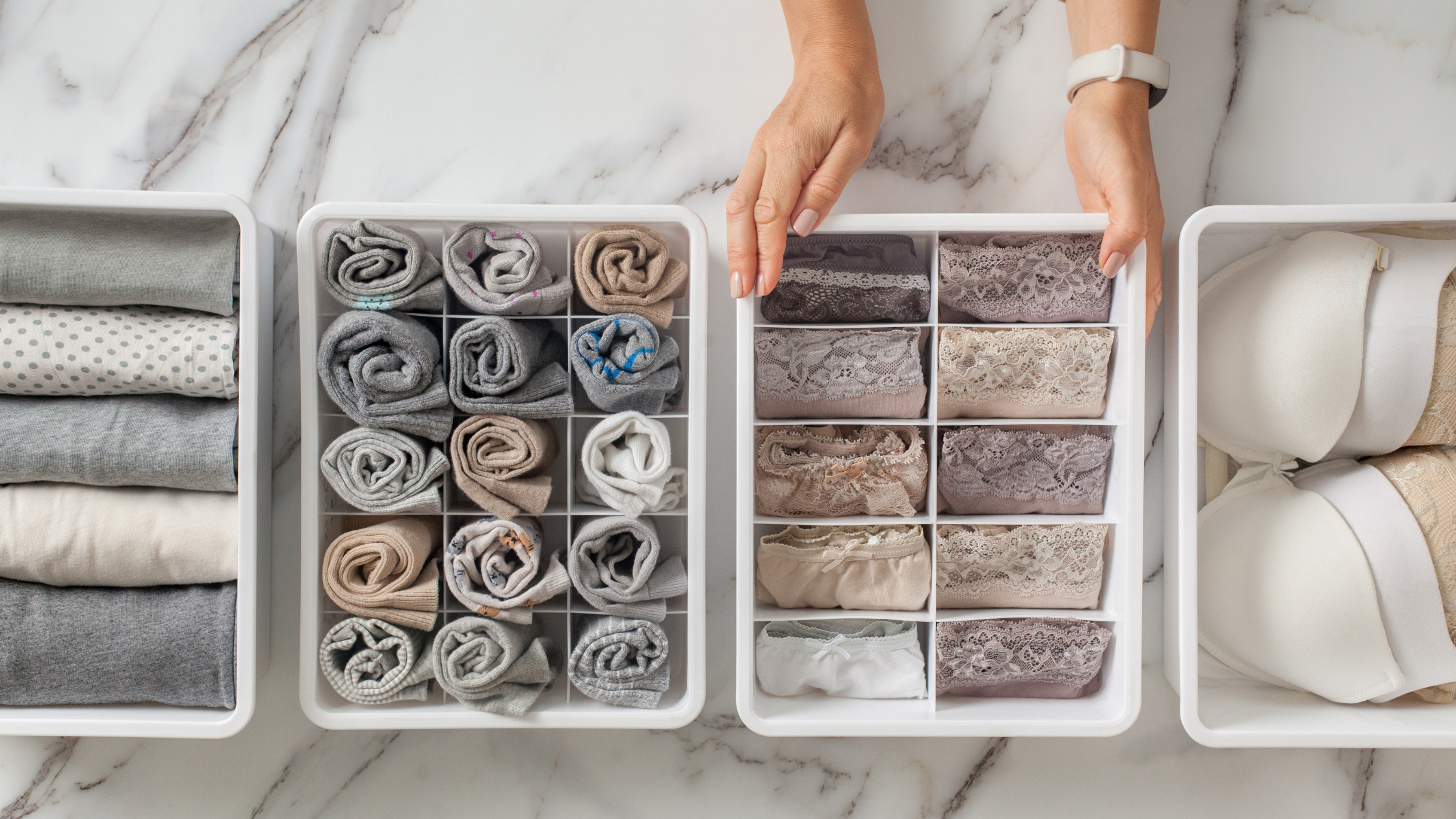
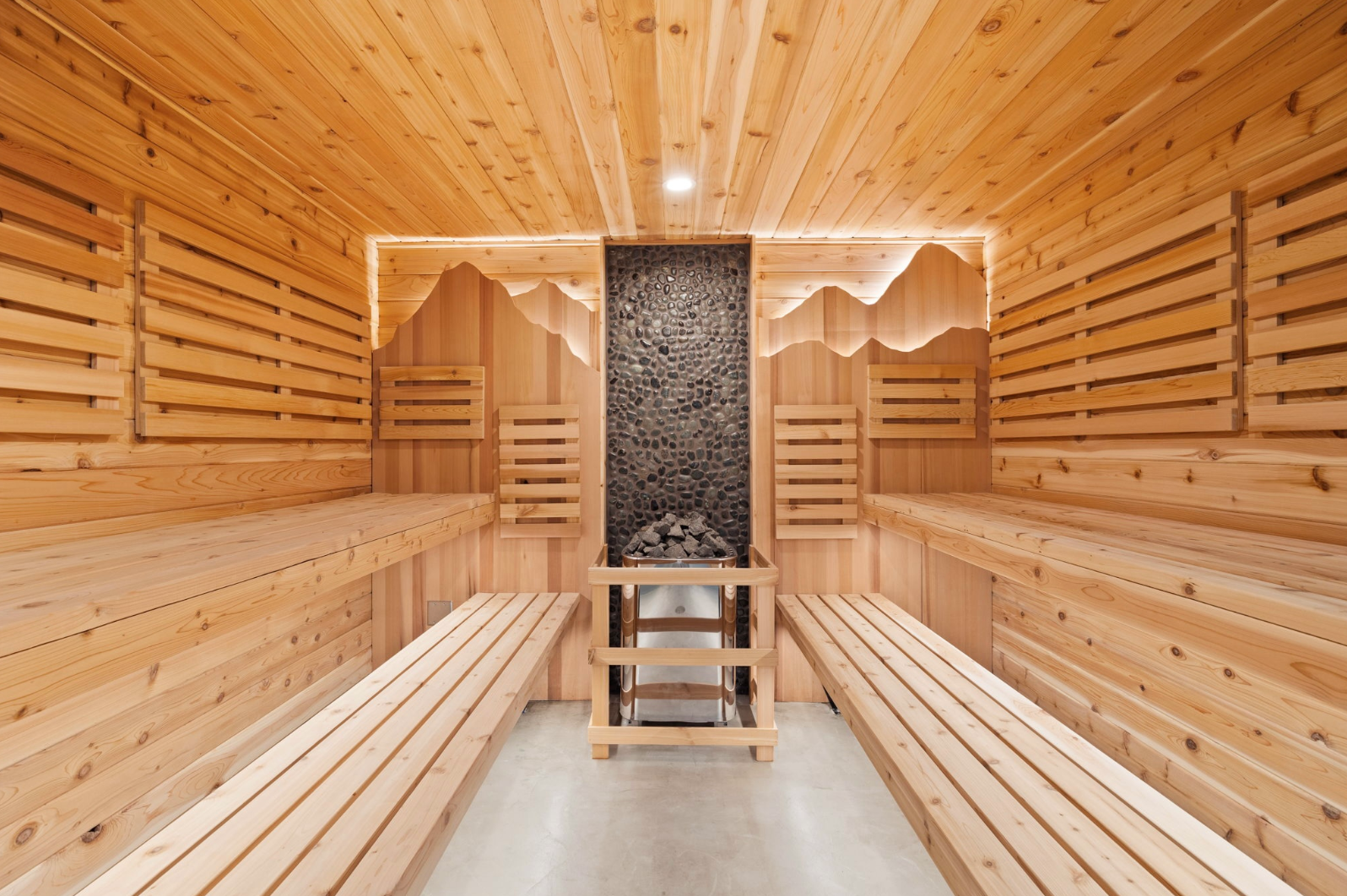
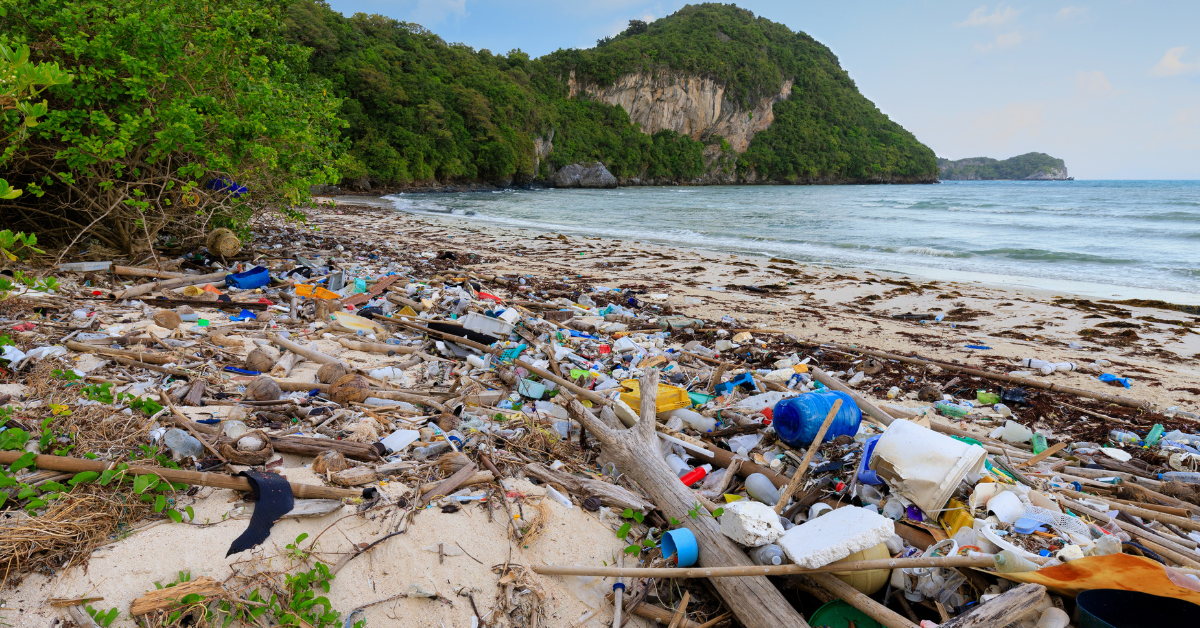
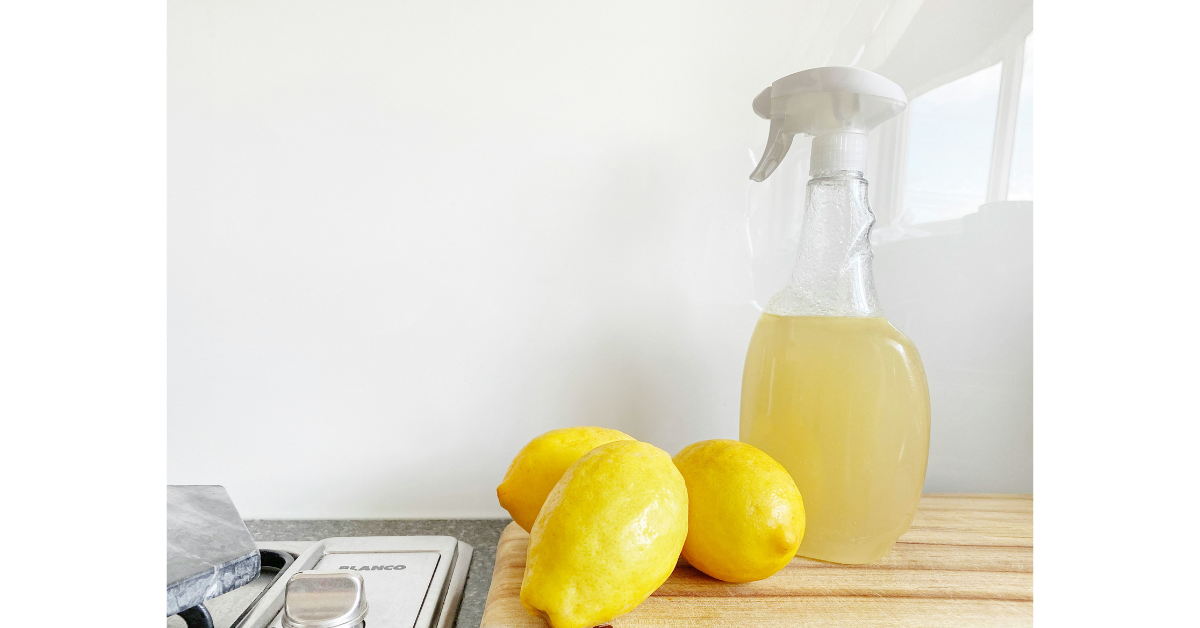

Comments +